Clover-safe weed control for newly sown leys
|
Where there is potential for a wide spectrum of broad-leaved weeds to emerge in newly sown leys this spring, consider a well-timed application of ProClova® XL, which has minimal effect on clover whilst controlling a wide range of key seedling weeds.
Chickweed, in particular, should not be allowed to swamp the young grass. When it dies away later in the year, it leaves bare patches of soil which quickly get colonised by other weeds, notably docks.
ProClova XL key information:
- Controls chickweed, broad-leaved dock, redshank, mayweed, bindweed and many more.
- Apply to newly sown leys from tillering of the grass and 3 trifoliate leaves of the clover and between 1st April to 31st October.
- Only 7-day post-treatment stock exclusion interval*
- It works best with warmer temperatures. For optimum results, spray when overnight temperatures are forecast to be above 8°C for a period of 3 days before and 3 days after proposed application date. Lower temperatures can cause reduced efficacy/increased clover damage. Use the Temperature Check feature in the Best Practice section of the Forage App to help assess this.
*In absence of ragwort
|
|
|
How weather factors might affect spring weed control in grassland
|
Cold temperatures (below 6°C) and overly dry conditions can limit control. For optimum results, spray weeds whilst actively growing and, if possible, before they flower, or top them first and spray the regrowth after 2 weeks.
|
Dock control ahead of first silage cut
|
Early treatment of docks in grass leys will protect silage yields and quality. As they compete for light, nutrients and moisture. Docks are unpalatable with only 65% of the feed value of grass. They also adversely affect silage fermentation which reduces feed quality further still.
Fields used for silage are most at risk due to the open nature of the sward, which allows established docks to spread and viable seeds to germinate. The lack of spraying opportunities last year meant a lot of dock populations were not treated. That coupled with recent wet weather is likely to lead to a bigger dock problem than normal.
Treat docks when active growth is seen, they have reached the rosette stage and look green and healthy. Docks respond well to nitrogen, so a good time to spray is two to four weeks after the first fertiliser application, as they should be actively growing by then.
Grass checks, post herbicide use should not be a concern with a product like Doxstar® Pro. Allow at least 21 days from spraying to cutting to enable full translocation of the product into the roots.
|

|
Fields of yellow: dandelion and buttercups
|
Dandelions and buttercups compete with grass for light, water, space, and nutrients. They need to be controlled to maximise grassland productivity.
Both plants have deeper rooting systems than grass and therefore nutrients are being taken up by the weeds and not the grass. Both weeds are significantly less nutritious and palatable than grass and are generally avoided by livestock. Where they grow – grass does not.
Where present in established grassland, use either Envy at 2.0 L/ha or ProClova at 125 g/L with XL at 0.25 L/ha. All products can be used in both cutting and grazing situations, and none of them have any special manure management restrictions.
Envy®: Better than straight fluroxypyr in fluctuating diurnal temperatures.
|
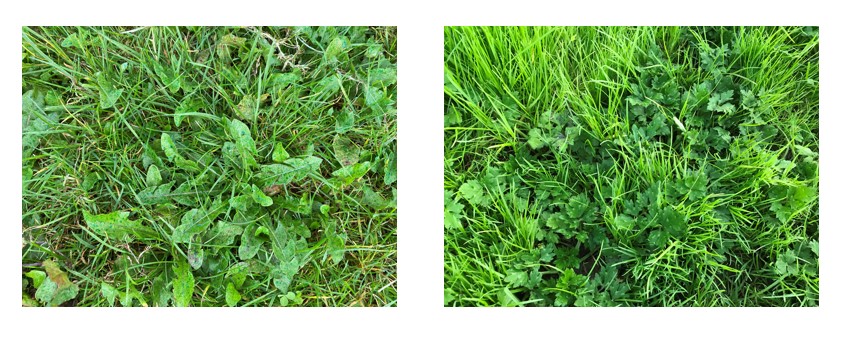
|
Grazon Pro: what weeds will it control?
|
Use Grazon® Pro when treating smaller areas via knapsack. It delivers excellent control of troublesome weeds such as docks, thistles, nettles, bramble, gorse and broom. Each pack comes with a free measuring cup!
Key label statements:
- Apply 60ml in 10L water. One pack makes up 16 x 10 litre knapsack fills.
- Apply between 1st March and 31st October.
- Handheld lance application only. Rainfast in 2 hours.
- Post-spraying stock exclusion of just 7 days (longer where poisonous weeds, such as ragwort, are present).
|

|
Pioneer maize hybrid selection when sowing late
|
Delayed planting due to wet or cold weather raises concerns about yield loss. Research shows the best planting window for maize is mid-April to mid-May, after which yields decline. On-farm trials indicate a decline of 75-100 kg of silage dry matter per hectare per day, though this can vary.
To minimise yield loss in late planting, especially in maritime climates like the UK or Ireland, selecting early flowering hybrids such as P7179 and P7326 can help ensure full maturity despite delays.
|
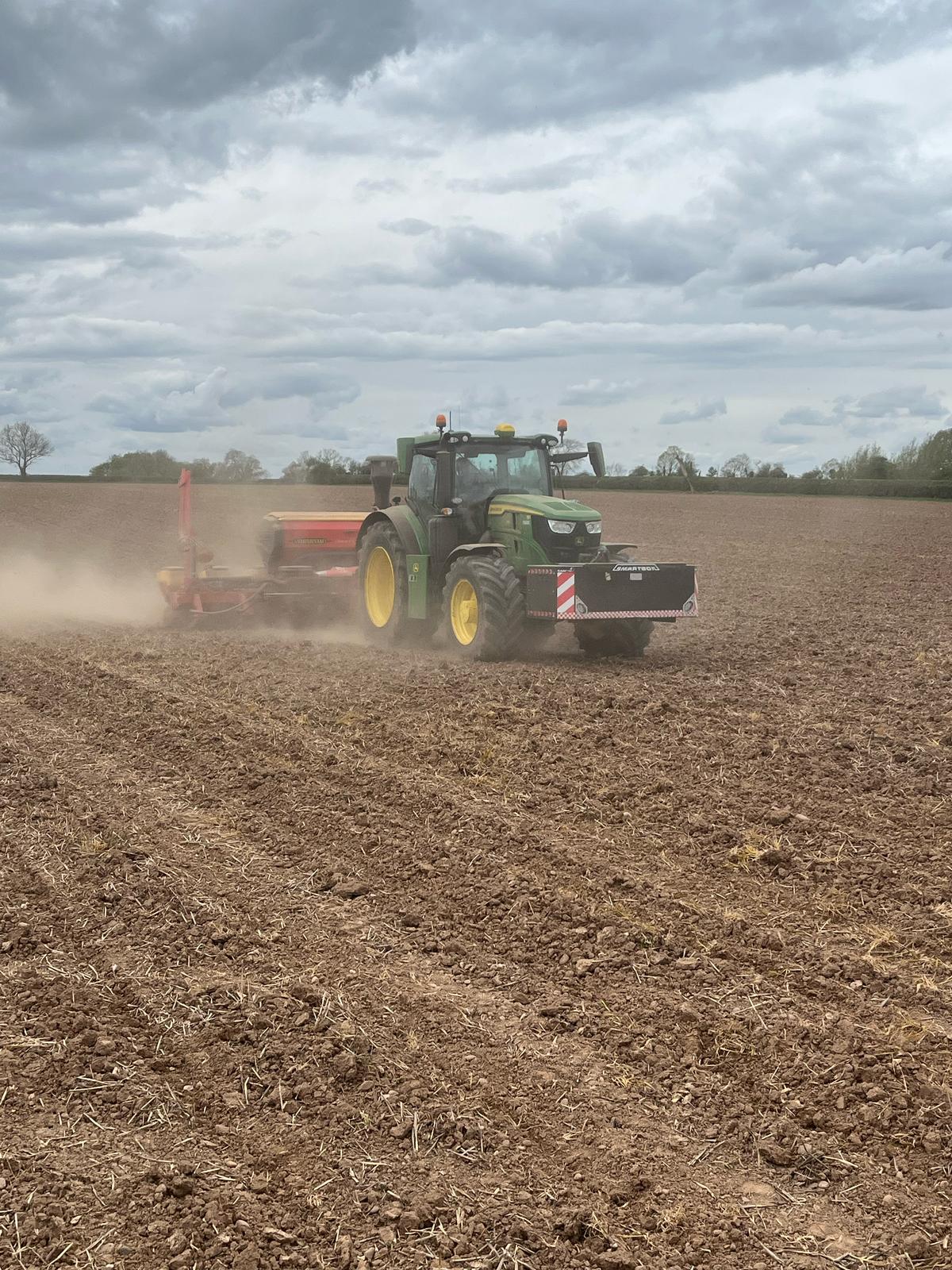
|
Helping your maize establish and reach its yield potential with BlueN
|
BlueN™ is a nutrient efficiency biostimulant, containing Methylobacterium symbioticum, a bacteria found in nature, which fixes nitrogen from the air and provides it to the plant.
Apply BlueN at 0.333kg/ha in maize when the crop is between 4-8 leaves and is actively growing. Once established, BlueN will capture atmospheric nitrogen converting it into ammonium in the plant for the lifetime of the crop. Trials show that BlueN can deliver the equivalent of 30kg of applied nitrogen to the crop.
A recent field trial highlighted the exceptional performance of BlueN when used on top of the grower’s standard fertiliser inputs, with fresh yield increasing by over 5T/ha and a significant dry matter increase of 2.81T/ha.
|
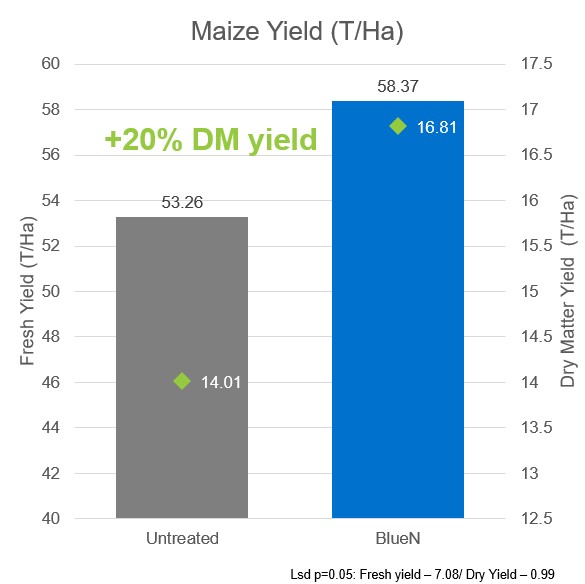
|
5 split field trials on one farm in 2024 showed an average dry matter yield benefit of 2.09T/ha compared to the control area. Quality analysis showed that the two areas were relatively similar with a small increase in starch content from the BlueN treated areas.
To find out more about BlueN use on maize, click here to watch our short video.
|
Planting maize after grass with LumiGEN insecticide seed treatment
|
When planting maize after a grass crop, it's important to consider the potential presence of wireworms from the previous grass. Wireworms, the larvae of click beetles, can grow up to 25mm long and are orange-brown in colour. They have a narrow, segmented body, biting jaws, and three pairs of short legs just behind their head.
|
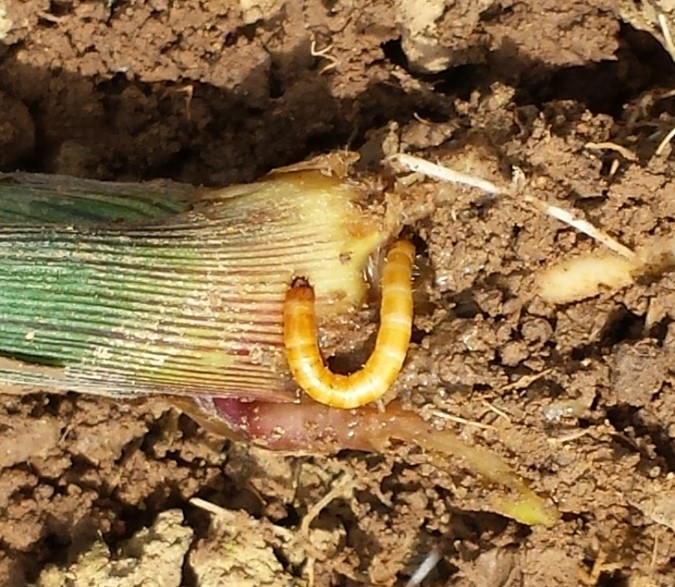
|
Wireworm on the base of a maize stem.
|
Risk factors:
- Fields that have been in leys for four years or more.
- Fields in all arable (no-grass) rotations.
- Porous, well-drained loam soils.
- South facing fields are more inclined to be infected than north facing fields.
- Minimum tillage supports higher wireworm populations than conventional tillage.
Background
Wireworms are the larvae of three species of click beetles: Agriotes lineatus, A. obscurus and A. sputator. The life cycle is typically five years, and it is the more mature larvae that cause the greatest crop damage. Symptoms will include non-emergence of seedling, stunted plants, holes at the base of the maize stem as well as yellow and twisted leaves. The wireworms are easily found by digging up the soil. Pioneer offer LumiGEN® Insecticide Bird Repellent treatment on certain hybrids e.g. P7179 and P7326, which repels or eliminates all species of wireworm through diffusion from the seed into the soil and through contact.
|
Choosing the right inoculant for your first cut grass silage
|
1188: Ensures the best possible preservation in wetter grass (<25% dry matter) and low sugar situations because of the unique proprietary and complimentary bacterial strains it contains. These strains work in harmony to rapidly and efficiently lower the pH.
11G22: In addition to lowering the pH quickly, 11G22 is able to achieve aerobic stability from as soon as 7 days after sealing, weeks faster than when compared to non-Rapid React formulation Pioneer inoculants. This inoculant is also available in a special formulation for organic producers, simply ask for 11GG22 organic use when ordering.
11GFT: Triple mode of action; improves fermentation, aerobic stability and fibre digestibility. Incorporates patented microbial technology that leads to improved fibre digestibility due to the production of ferulate esterase enzymes.
11A44: Dramatically reduces heating in a wide range of high dry matter silages including high dry matter grass. Good choice where heating is a significant challenge due to high dry matter content, longer chop, summer or slow feed-out, or low compaction levels.
|

|
Keep nitrogen where it's needed during maize establishment with Instinct
|
When growing maize, it is worth considering adding Instinct®, a nitrogen stabiliser, when slurries, digestate, or other fertiliser applications are made to extend the nutrient availability to plants while they establish.
Instinct stabiliser has demonstrated reductions in nitrogen leaching of approximately 50% and denitrification through greenhouse gases of around 45% and means more nitrogen is kept where it is needed as maize crops develop.
Instinct utilises Corteva's unique Optinyte™ technology, keeping more nitrogen in the soil for longer periods, significantly improving use efficiency. The product works by slowing down the conversion of ammonium to nitrate, preventing nitrogen loss through leaching and denitrification, and ensuring more remains in the rooting zone.
Application is flexible – Instinct can be mixed into slurry or digestate before field application, or sprayed on shortly after. It's also compatible with any fertiliser containing ammonia, such as sludge, urea, UAN and ammonium nitrate.
For dairy farms specifically, Instinct offers significant advantages, particularly for maize crops which often face nitrogen limitations due to current regulations.
The timing of nitrogen availability is another crucial factor that Instinct addresses for maize growers.
"You don't need to necessarily change what you put on, Instinct just makes everything work better and more economically." Read more here.
Keeping more nitrogen in the soil for when it’s needed
|
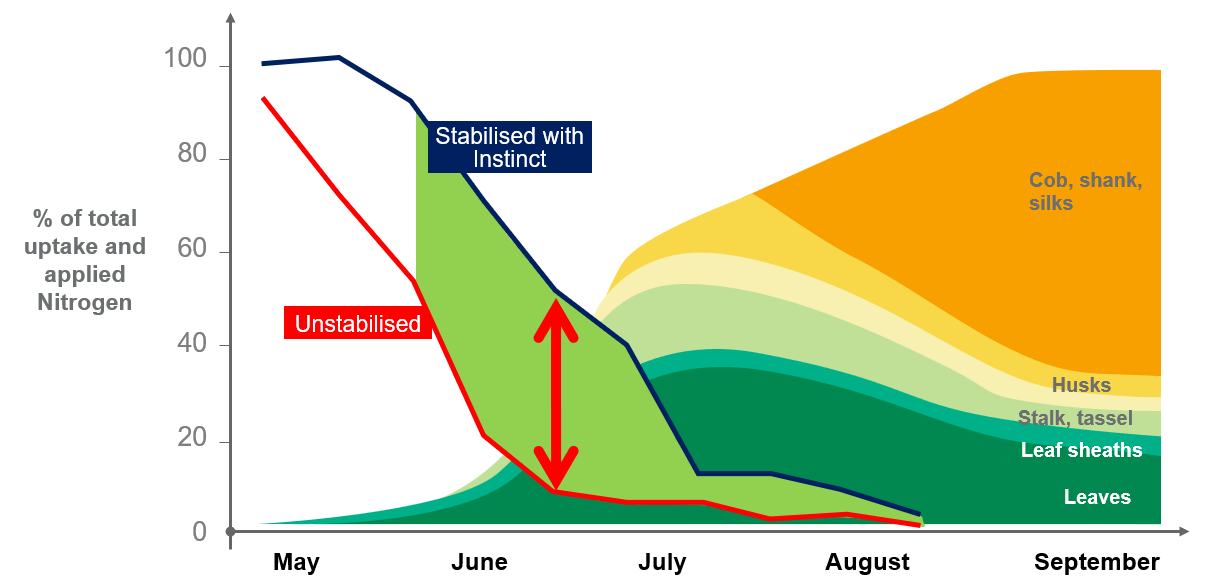
|
The chart above combines two data sets. The lines on the left illustrate the amount of ammonium recovered from soil, comparing Instinct stabilised versus unstabilised maize. This is overlaid on a chart depicting the cumulative nitrogen demand and its distribution.
Instinct keeps more nitrogen available in the root zone for longer, leading to optimised yield.
For more information visit the Instinct product page here or contact our hotline.
|
|
|
Q: Where in the Forage App can I find the product labels and Best Practice Guidelines for ProClova XL?
A: For product labels go to 'Weed Control' then 'Products and Labels' and select the relevant product. For the Best Practice Guidelines go to 'Best Practice'.
Q: What indicates that docks are at an optimal stage for spraying?
A: Docks will have emerged and be showing good active growth. Leaf colour will be a vibrant green and temperatures will be warming. These conditions are now likely so apply ProClova XL, Doxstar Pro or Forefront®T depending on your circumstances
Q: What can I use to control Yellow Rattle in grassland?
A: We would expect to see good control with Forefront T. Apply to grazing ground grazed by cattle and sheep only.
Q: I have a bad problem with buttercups. What can I spray and what is the subsequent re-seeding interval if I want to overseed?
A: Use Envy at 2.0 L/ha. The re-seeding intervals for grass is 4 weeks. Control levels are still good control when they are flowering – perhaps 10% less than a pre-flowering treatment.
|
|
|
If you need technical advice or support, we are here to help.
For all enquiries about Pioneer maize hybrids or inoculants, please contact Andy Stainthorpe using the contact details below:
Andy Stainthorpe
Mobile: +44 7801 183234
For technical enquiries concerning Corteva herbicides, biostimulants and nitrogen stabilisers, please contact Liz Glynn or the Hotline using the contact details below:
Liz Glynn
Mobile: 086 844 5306
|

|
|
|
10 IASIS points will be awarded for those subscribing to the Forage Agronomy Update. To claim these points, sign up to the Forage Agronomy Update by clicking here.
|

|